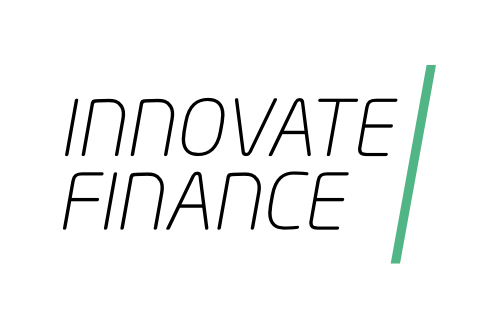A background to Web3
It’s no secret that the Web is critical for businesses intent on scaling their operations and innovating. Web3 is the latest iteration of the Web – and it is the businesses that take advantage of its potential that will create new revenue opportunities and enhance operational efficiencies.
For those that are not immersed in the tech world, let’s first define Web3. Web1 was ‘READ’, access data that was hosted on a network. Web2 added ‘WRITE’ – which enabled user-generated content to be shared via apps like Facebook, Instagram, and Twitter. Web3 has added ‘OWN’. This offers users the ability to truly own in a digital context and not just have a digital representation of physical ownership.
DAOs, NFTs, and possibilities for business
With the definition dealt with, let’s explore the practicalities of Web3 and how businesses can benefit from it.
The key here is Decentralised Autonomous Organisations (DAOs). What separates DAOs from traditional corporate structures is that, as the name suggests, they are decentralised and completely autonomous. Rules and protocols of any given DAO are encoded as algorithms, represented by Smart Contracts (i.e., computer programs that run on the blockchain), and set by members of the DAOs.
If you are finding this a little jargon-heavy, let’s look at a case study to help explain things. The Bored Ape Yacht Club (BAYC) is hugely popular among crypto aficionados – it’s a set of 10,000 limited NFTs that resemble images of commercial apes, each with different traits.
BAYC has achieved success both in the crypto and in the mainstream, generating a total trading volume of $1.6B so far. Yuga Labs, the company behind BAYC, is valued at $4B.
The large-scale NFT DAO project continues to attract talent away from smaller blue chip projects and retain its user base, demonstrating the robustness of its community-led organisation.
Because NFTs are built on a blockchain ledger as one-of-a-kind assets, the exclusivity and scarcity are inherent, attaching value to them. NFTs are here to stay, and businesses will find new ways to utilise them to encourage further interactions and investment from their consumers.
Traditional companies can learn a lot from BAYC’s success. Although DAOs are set up in a way to remove complete control from a few select people in an organisation, this act is immensely empowering to those who contribute to the DAO as it gives them a firm stake in the organisation, fostering true loyalty within an engaged community.
This concept can be taken even further in the future , as Network States amass sufficient resources and individuals enter negotiations with Nation States to achieve high-level objectives around legislation, regulation and more.
Decentralisation: a tool for business transformation
NFTs have been an amazing showcase for blockchain and Web3 potential for businesses – but it should not overshadow the many other ways that Web3 technologies can be applied. Blockchain technology is a general-purpose tool with many functionalities and a strong facilitator of creating digital scarcity or providing secure value exchange.
The distributed ledger technology, which is the core component of a blockchain and enables items that live in the ledger to be truly immutable, can solve a multitude of pain points. Anything from improving audit traits for things like cargo and supply chain tracking to securing ticketing in the events industry to eradicate fraud and touting, blockchain enables organisations to become more secure, efficient and innovative.
But how would businesses benefit from decentralisation? While not every business will be naturally suited to adopting a decentralised model, for those that can implement it, it will allow them to share the functionality of the business across multiple points. For example, rather than having single data storage in one place, they can invest in multiple data storage points, reducing overreliance on a single data centre, and thereby improving efficiency.
Understandably, there will be some scepticism when it comes to adopting any nascent technology. But it doesn’t have to be all or nothing when it comes to adopting blockchain. Businesses can adopt ‘permissioned’ instances of networks – meaning they benefit from the speed, security and interoperability of a blockchain while maintaining full control over all transaction activity, and actually enhancing its anti-money laundering capabilities for example.
The time for Web3 is now
The Web3 technology is developing at pace: NFTs are one of the strongest-holding assets in the current challenging economic landscape, countries are turning to CDBCs among global political turmoil and even the sustainability concerns around blockchain technology are eroding as major blockchains like Ethereum make significant reductions to their environmental impact. It is only a matter of time before businesses will be able to purchase ‘blockspace’ where businesses can rent flexible, interoperable, and secure space on the blockchain that is specifically tailored to their shifting needs for security, availability, and latency.
Businesses that don’t want to be left behind when the era of Web3 fully comes into its own, should already be exploring how blockchain technology could improve their operations. A smart business invests in its future and the future is most definitely Web3.
Share via:








































